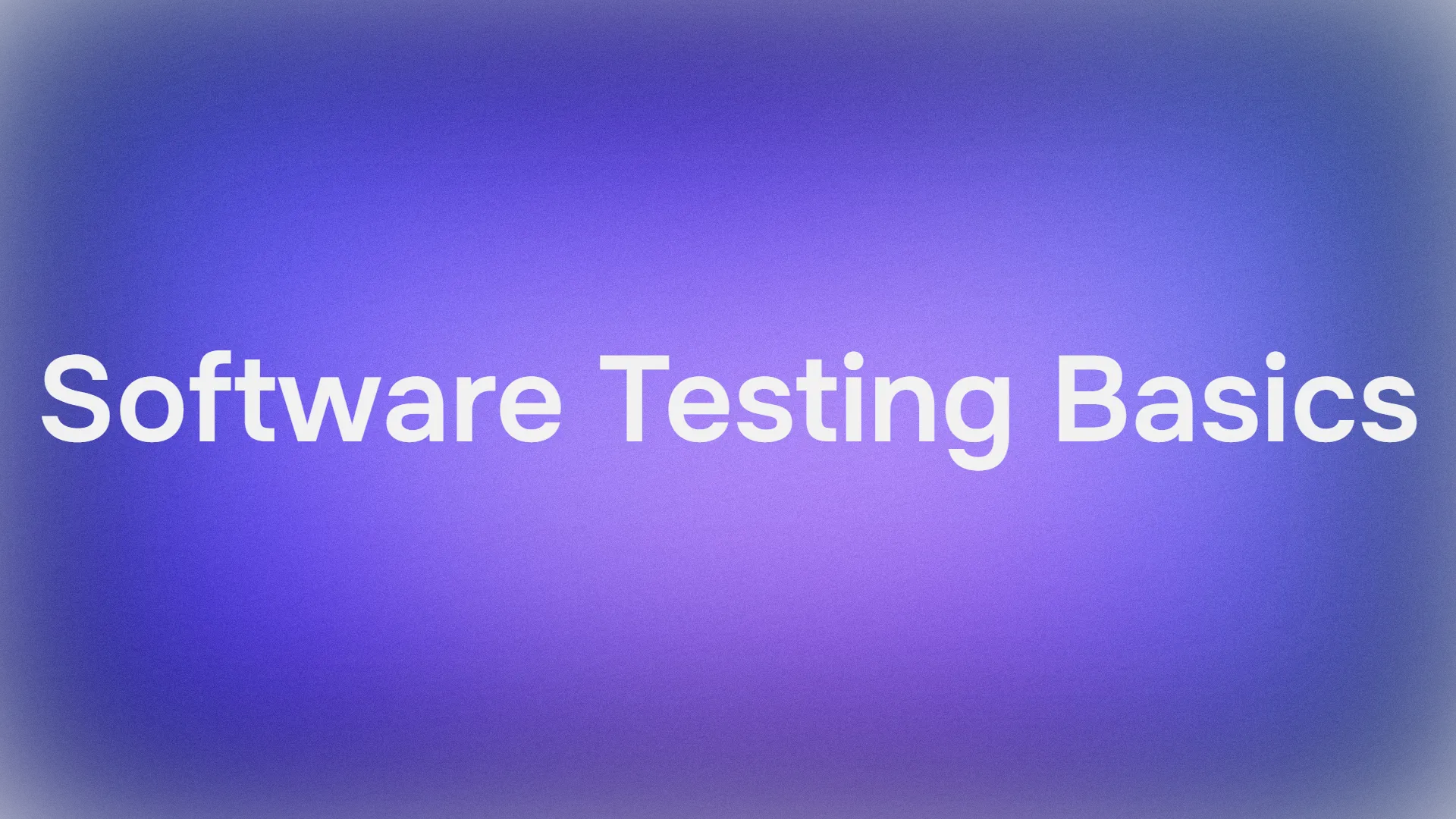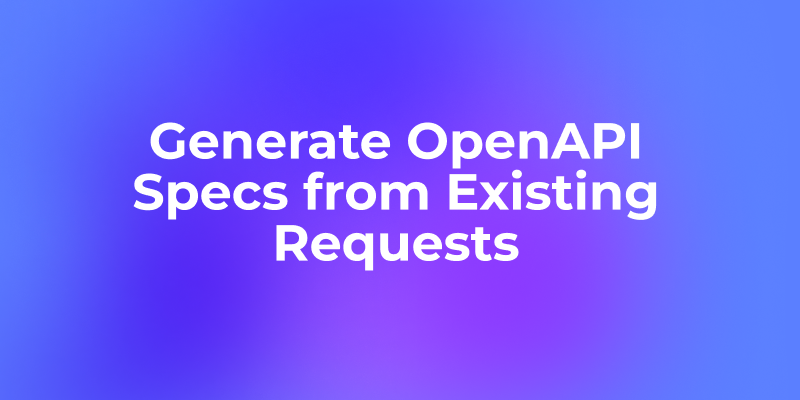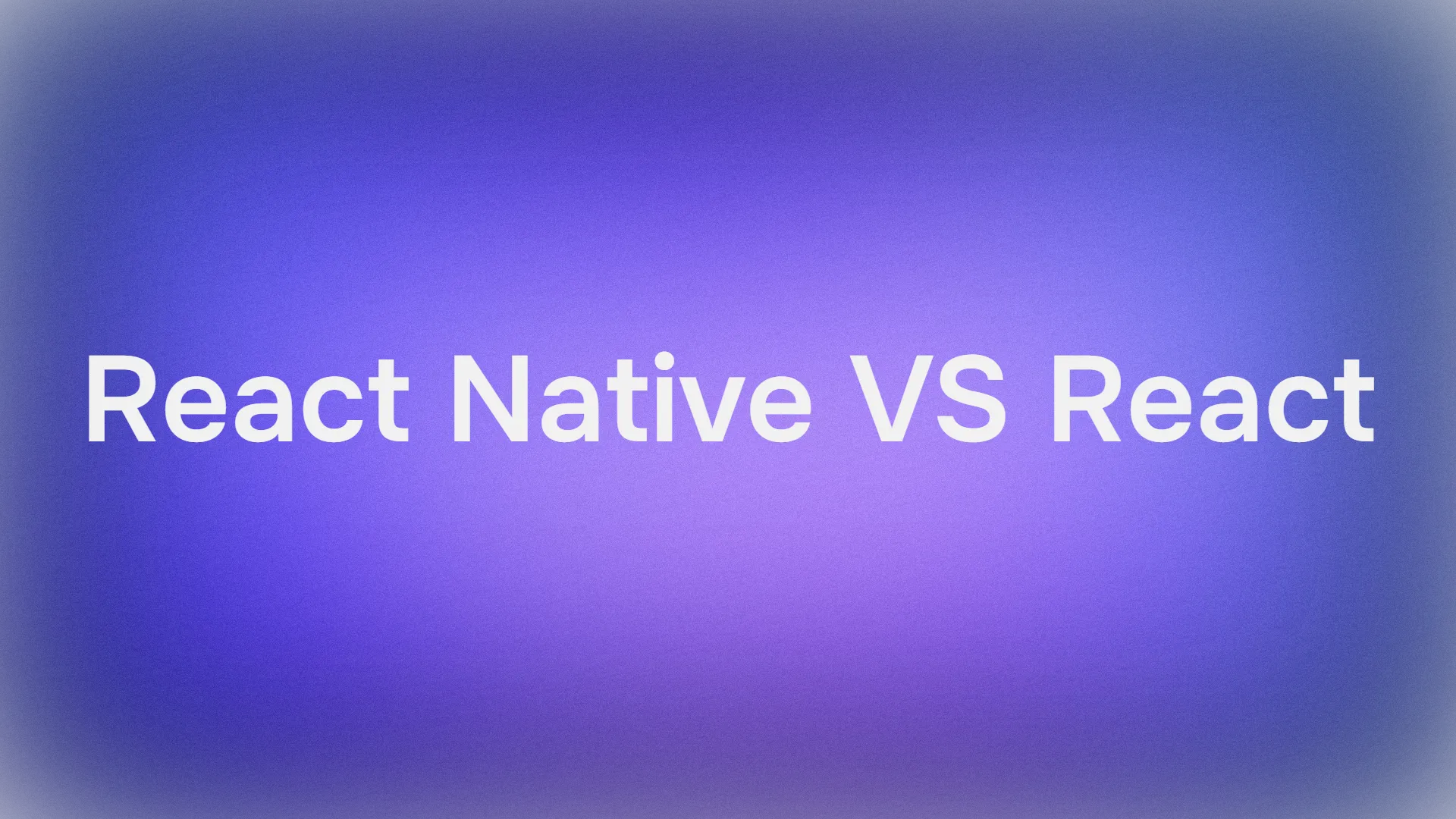Path parameters are a type of element that nearly the entire world has been using without realizing. Embedded within countless web addresses, path parameters are a precious invention that helps web and software developers create their applications and corresponding functionalities.
If you want to get practical with Apidog, join Apidog today by clicking the button below! 👇 👇 👇
This article will first introduce what API path parameters are. After The foundation for the knowledge regarding API path parameters has been set, tips and methods to properly structure API path parameters will also be discussed.
What is an API Path Parameter
API (Application Programming Interface) path parameters are specific elements within a URL that act like variables, mostly used for identifying and targeting specific resources found within a larger collection offered by an API.
Key Characteristics of API Path Parameters

- Within curly braces:
API path parameters will always be found within the path portion of a URL, enclosed within curly braces like these ({}) - Placeholder for values:
API Path parameters function as placeholders for specific values provided during an API call. These specific values are used to select specific individual resources within larger collections. - A must-have for requests:
API Path parameters are mandatory for most API requests to be successful. If you omit a required path parameter, it will likely result in an error response due to the failure to identify a resource. - Descriptive:
There is a standard for naming API path parameters, and they are either the Camel Case or Snake Case structure for naming them.
The camel case looks like (camelCasePath), where the first letter is always lowercase, and a capital letter for each new word in the path name.
On the other hand, the snake case looks like (snake_case_path). where each word is separated by an underscore (_). - Can have data types:
Assigning API path parameters to specific data types can aid in validation, and ensure APIs receive the expected data type.
When to Consider Using API Path Parameters
Multiple types of parameters can be passed in a web address, however, there are situations where one is comparatively better than the other. Here are a few scenarios where you should consider using API path parameters:
1. Identifying Specific Resources:
When you need to target a single resource within a collection, API path parameters excel. They act like unique identifiers to pinpoint the specific resource being requested or operated upon.
Examples:
/users/{userId}to retrieve a user with a specific ID./products/{productId}/reviewsto access reviews associated with a particular product.
2. Creating Nested Resource Relationships:
API path parameters are valuable for representing hierarchical relationships between resources. They allow you to navigate through nested structures in a clear and organized manner.
- Example:
/orders/{orderId}/items/{itemId}specifies an item within a specific order.
3. Constructing Predictable URLs:
Well-designed API path parameters contribute to self-documenting APIs. The structure of the URL itself conveys the type of resource, potential actions, and expected parameters, making the API intuitive and easier to understand.
- Example: The URL
/users/{userId}/editindicates the intent to edit a user with the specified ID.
4. Maintaining Consistent API Design:
Using API path parameters consistently for specific use cases promotes a uniform and predictable API design. This consistency improves the developer experience by establishing clear conventions for interacting with different resources.
Best Practices for Structuring API Path Parameters
There are optimal approaches how to structure API path parameters.
- Prioritizing clarity and readability:
Descriptive names: Use clear and descriptive names for API path parameters so that they reflect their purpose. For example, name the API path parameteruserIdinstead of justid, so that you and other developers immediately understand what ID the API path parameter refers to.
Consistent naming conventions: Maintain consistency in naming conventions for API path parameters across your API. Use either camelCase or snake_case for a uniform look.
Logical order: Arrange API path parameters in a logical order that reflects the hierarchy or relationship between resources. Following up with the prior example, a chain of path parameters like/users/{userId}/posts/{postId}would make sense as posts belong to specific users. - Balancing specificity and flexibility:
Use path parameters for essential and unique identifiers: Reserve API path parameters for identifying specific resources or actions within a collection. Don't overuse them for optional filtering criteria that can be better suited for query strings.
Consider nesting for complex relationships: For deeply nested resource structures, consider using nested API path parameters to maintain clarity. However, avoid excessive nesting because it can quickly become overwhelmingly complex! - Implementing versioning:
Versioning in the path: If your API frequently changes, consider including a version number in the initial path segment. This allows for easier compatibility and future updates without breaking existing integrations.
Versioning in headers: Alternatively, versioning can be done through dedicated headers, which provides more flexibility and avoids cluttering the path structure. - Following best practices for data types and validation as well:
Specify data types: When possible, associate API path parameters with sensible data types. This can aid in validation and error handling on both the client and server sides.
Implement robust validation: Ensure proper validation of API path parameter values to prevent invalid data from reaching your API and potentially causing errors. - Providing clear documentation:
Document parameter usage: You should document the expected format, data type, and purpose of each API path parameter in your API documentation.
Include examples: Provide concrete examples of using the API path parameters in different scenarios to enhance understanding for developers using your API.
Demonstration of Good (and Bad) API Path Parameter Examples
This section will address each optimal practice from the previous section above to compare what is good and bad (wherever applicable) API path parameters.
Clarity and Readability:
- Descriptive names: Using
userIdinstead of justidclarifies the parameter's purpose. - Logical order: The example
/users/{userId}/posts/{postId}demonstrates a logical sequence for accessing posts belonging to specific users.
Balance Specificity and Flexibility:
- Essential identifiers: Using a path parameter for a unique user ID (
/users/{userId}) is appropriate, while optional filters might be better for query strings.
Versioning:
- Versioning in the path: The example
/v1/users/{userId}showcases including a version number for potential future API changes.
Data Types and Validation:
- Specifying data types: The example
/products/{id:int}demonstrates associating theidparameter with the integer data type.
Apidog - Entire API Lifecycle Supported
Apidog is an API development platform equipped with complete functionalities for an API developer. If you are interested in building, testing, mocking, and documenting, then you should give Apidog a go.

Apidog is an excellent platform for developers who wish to have a simplistic user interface. Apidog encourages API developers to have a design-first approach emphasizing beautiful visuals. If you wish to see your API path parameters in action, follow the steps below!
Initializing a Basic API with Apidog

Firstly, decide what HTTP method you would like your API method to have. There are four common methods that developers choose from, which are GET, POST, PUT, and DELETE. Once you have decided on the HTTP method, craft a URL that also includes parameters so that you can access specific resources within your database.
Whether you are using query strings or path parameters, ensure to include all relevant details about the parameters to ensure you can accurately target a specific resource!
Testing Your API With Apidog
After creating an API, you can test whether the URL recently crafted works. You should be able to see your screen with something similar to the image below:

Firstly, select your recently created APIs' requests available on the right side of the screen, as shown by Arrow 1.
Then, you can send the request by clicking on the button pointed out by Arrow 2, but ensure that you have selected the right environment and included the correct request API URL.
Finally, head to the response section to see the response received after sending the request, and check if it is the same as what you were expecting.
Conclusion
API path parameters are an excellent tool for developers looking for a solution to access deeply-located resources inside of a dense collection. With API path parameters excelling in nested resources and creating predictable URLs, they will continue to see much use in the future of web development.
An all-in-one platform, Apidog is a suitable option for new and experienced API developers looking for a. As a website grows more complex, an API development platform that offers a clear and intuitive user interface can tremendously improve your workflow, saving time and energy.



